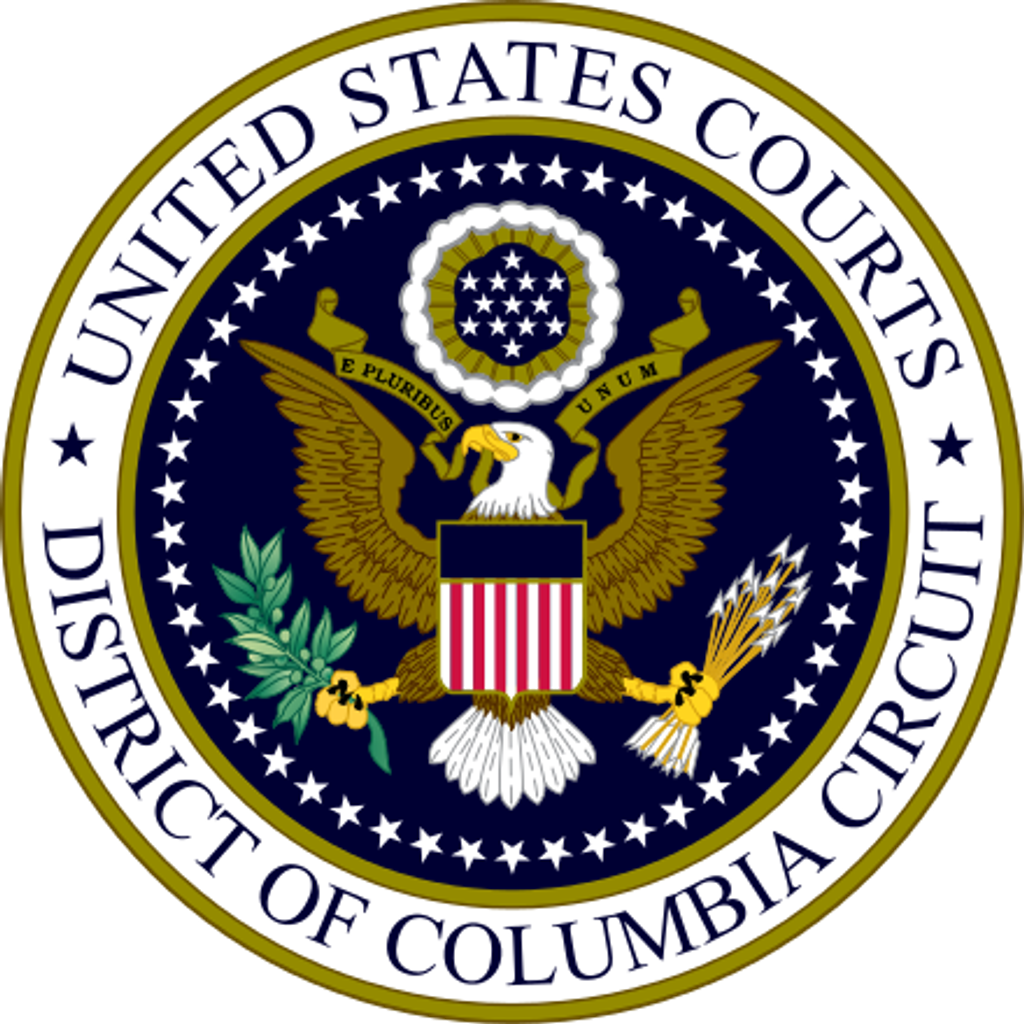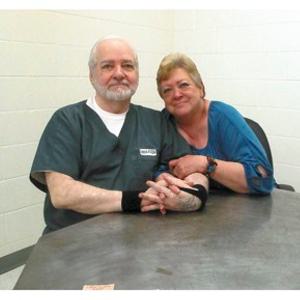
A badly divided federal court of appeals has lifted a court order that had prevented the federal government from resuming executions after a hiatus of more than 16 years.
In a fractured ruling with three separate opinions and no rationale for its decision commanding a majority, a panel of the U.S. Court of Appeals for the District of Columbia Circuit voted 2-1 on April 7, 2020 to vacate the preliminary injunction that had blocked the federal government from carrying out four executions in December 2019 and January 2020. The court remanded the case to the D.C. federal district court to decide a series of additional unresolved issues in the case.
The ruling came in a case in which federal death-row prisoners had filed a multi-pronged challenge to the legality and constitutionality of a new execution protocol issued by the U.S. Department of Justice in July 2019. When the protocol was released, Attorney General William Barr also announced that execution dates had been scheduled for five prisoners. One of those prisoners, who had received a stay of execution on unrelated grounds, did not join the execution challenge.
The court’s per curiam opinion stated “Each member of the panel takes a different view of what the FDPA [Federal Death Penalty Act] requires. Because two of us believe that the district court misconstrued the FDPA, we vacate the preliminary injunction.” The court’s decision divided along partisan lines. Judges Gregory Katsas and Neomi Rao, both appointed by President Donald Trump, voted to vacate the injunction and allow the federal government to schedule executions. Judge David Tatel, appointed by President Bill Clinton, dissented, arguing that the proposed federal protocol violates the FDPA. The panel left the district court to decide the prisoners’ challenges to the proposed execution drugs brought under the Food, Drug, and Cosmetic Act and the Controlled Substances Act, as well as claims related to the constitutionality of the protocol and a claim that the protocol is arbitrary and capricious under the federal Administrative Procedures Act.
In a statement, Cate Stetson, who argued the case for the prisoners in the circuit court, suggested that the prisoners would seek reconsideration by the full appeals court. “The district court’s injunction was aimed at preventing the government from ‘short-circuiting legitimate judicial process’ and serving the public interest by ‘attempting to ensure that the most serious punishment is imposed lawfully,’” she said. “Without action by the full court, the panel’s splintered decision will allow the government to execute prisoners even while serious questions remain unanswered about the legality of the government’s execution procedures under federal law. As Judge Tatel wrote in his dissenting opinion, ‘Had Congress intended to authorize the Attorney General to adopt a uniform execution protocol, it knew exactly how to do so.’”
The court heard argument in the case in January, after the U.S. Supreme Court had declined to lift the injunction while the executions were pending. The prisoners argued that the execution protocol promulgated by Department of Justice in July, which established a uniform one-drug lethal-injection process using pentobarbital, violated the Federal Death Penalty Act. Among other concerns, the prisoners said the plain language of the FDPA required that federal executions be carried out “in the manner prescribed by the state” in which the prisoner was convicted.
Judges Katsas and Rao disagreed, although they offered different reasons for their conclusions. The per curiam decision summarized their disagreement. “Judge Katsas concludes that the FDPA regulates only the top-line choice among execution methods, such as the choice to use lethal injection instead of hanging or electrocution,” the decision said. “Judge Rao concludes that the FDPA also requires the federal government to follow execution procedures set forth in state statutes and regulations, but not execution procedures set forth in less formal state execution protocols. Judge Rao further concludes that the federal protocol allows the federal government to depart from its procedures as necessary to conform to state statutes and regulations. On either of their views, the plaintiffs’ primary FDPA claim is without merit. Accordingly, the preliminary injunction must be vacated, and judgment for the government must be entered on this claim.”
The decision also addressed the question of whether the DOJ violated the Administrative Procedures Act by announcing the new protocol without allowing for public comment and oversight. “On the merits, Judge Katsas and Judge Rao conclude that the 2019 protocol and addendum are rules of agency organization, procedure, or practice exempt from the APA’s requirements for notice-and-comment rulemaking. Judgment for the government must be entered on this claim.”
Judge David Tatel dissented, arguing that the proposed federal protocol violates the FDPA. The relevant section of the law, he wrote, “requires federal executions to be carried out using the same procedures that states use to execute their own prisoners—procedures set forth not just in statutes and regulations, but also in protocols issued by state prison officials pursuant to state law. Because the federal protocol, on its face, takes no account of these procedures, it is contrary to [the FDPA], and I would vacate it.” That meant that two judges on the panel believed that the federal government must follow state law, as opposed to creating an independent federal process. However, they differed on what constituted state “law.”
For Judge Tatel, “[t]he ‘law’ of each state … requires executions to be implemented according to procedures determined by state corrections officials, who, in turn, have set forth such procedures in execution protocols. In other words, ‘by law,’ each state directed its prison officials to develop execution procedures, and ‘by law,’ those officials established such procedures and set them forth in execution protocols. Accordingly, the protocols have been ‘prescribed by … law.’” He also said that ignoring state execution protocols would defeat the intended purpose of the FDPA, which he said was “to make federal executions more humane by ensuring that federal prisoners are executed in the same manner as states execute their own.”
Sources
Jacqueline Thomsen, Trump’s DC Circuit Appointees Rule in Favor of Administration’s Federal Execution Policies, The National Law Journal, April 7, 2020; Jessica Gresko and Colleen Long, Trump gets win in executions case, but more litigation ahead, Associated Press, April 7, 2020; Lawrence Hurley, U.S. Appeals Court Hands Win to Trump Plan to Resume Federal Executions, Reuters, April 7, 2020; Mark Berman and Ann E. Marimow, Trump administration can resume executions, but not just yet, divided appeals court rules, The Washington Post, April 7, 2020.
Read the opinion in Roane v. Barr.
Read the statement from attorney Cate Stetson.
Lethal Injection
Mar 18, 2024
Utah Prisoners’ Request for Information Thwarted by New Legislation Increasing Secrecy in Execution Procedures
Lethal Injection
Feb 29, 2024

Idaho Halts First Lethal Injection Execution in 12 Years After Failure to Establish I.V. Lines
Federal Death Penalty
Jan 16, 2024


